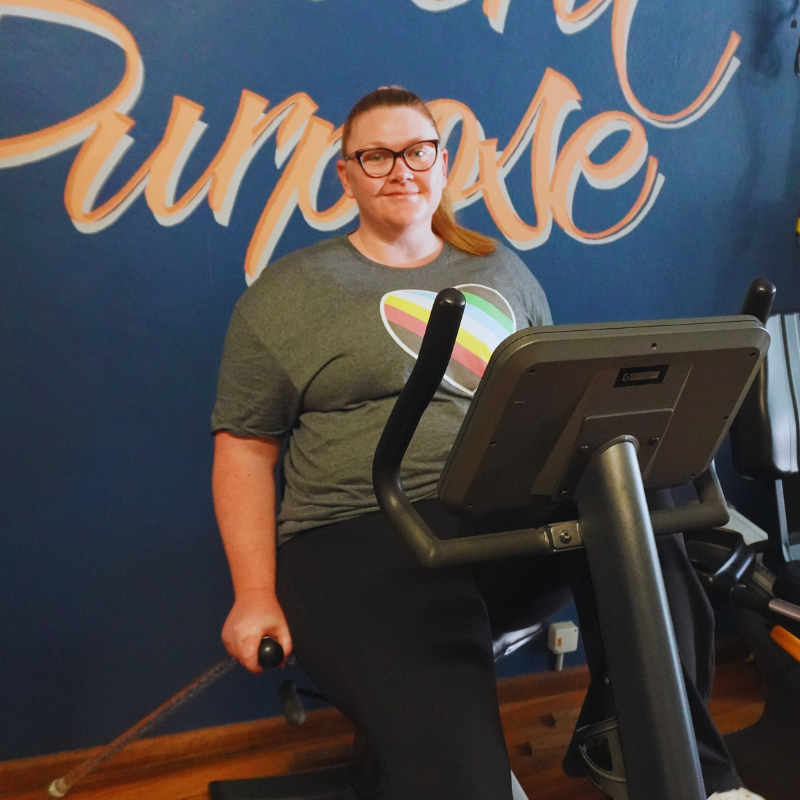Katie's Transformation with the EPS Pain Management Program
- Name: Katie
- Age: Late 30s
- Occupation: Early Childhood Educator
- Presenting Condition: Lower back injury (injury occurred at her work in child care)
- Initial Pain Scores: Daily average 8/10
History and Background
Katie endured high pain levels every day and relied heavily on medications in hopes of finding relief. Unfortunately, these often exacerbated her condition. Despite consulting numerous specialists and doctors, she never received a clear explanation of her symptoms, which left Katie feeling depressed, stressed, and trapped in a constant survival mode. Her pain was persistent and debilitating, leading to frequent flare-ups. Although Katie pushed herself to keep going, this only worsened her pain, causing a rapid downward spiral.
Program Participation
Initial Consultation Phase
Katie entered the EPS persisting pain program with a sense of desperation, having had little success with previous treatments. After an initial interview and comprehensive assessment, it was determined that Katie was a good candidate for the program.
Learning and Individualised Implementation Phases
- Evidence-based biopsychosocial education covering pain science, cognitive-behavioral therapy (CBT), exercise principles, mindfulness, and diffusion techniques.
- Weekly sessions fostering camaraderie, support, and understanding from others in similar situations.
- Addressing specific challenges to progression and recovery when necessary.
- Participants applied new strategies learned during the education phase.
Skill Development and Reinforcement
- Paced and graded exercise tasks.
- Practical application of mindfulness and diffusion techniques.
- Continuous support and feedback, focusing on developing self-management skills.
Outcomes
Before the program, Katie had no real understanding of her chronic pain or its causes. Through the program, she gained a comprehensive understanding of pain mechanics, especially in chronic conditions. This knowledge allowed Katie to be kinder to herself and reframe her perception and management of pain.
Katie still experiences pain, but she has transformed her approach to managing it and leads a meaningful life, is happier, and experiences moments of peace and joy. Flare-ups are less frequent, and she now has practical solutions and coping strategies. Her pain no longer overshadows everything else.
Katie acknowledges she is a work in progress, reminding herself to maintain mindfulness, rest, and exercise regularly. Her pain no longer oppresses her, and she continues to set achievable goals with an optimistic outlook. Seeing beyond the pain has given Katie her life back.
Conclusion
Katie’s case demonstrates the EPS persistent pain program’s ability to deliver sustainable, life-changing results. Many individuals with persistent pain feel lost and hopeless. The EPS program helps uncover their potential and improve their quality of life.
Contact EPS today to discover the path to a better life.


